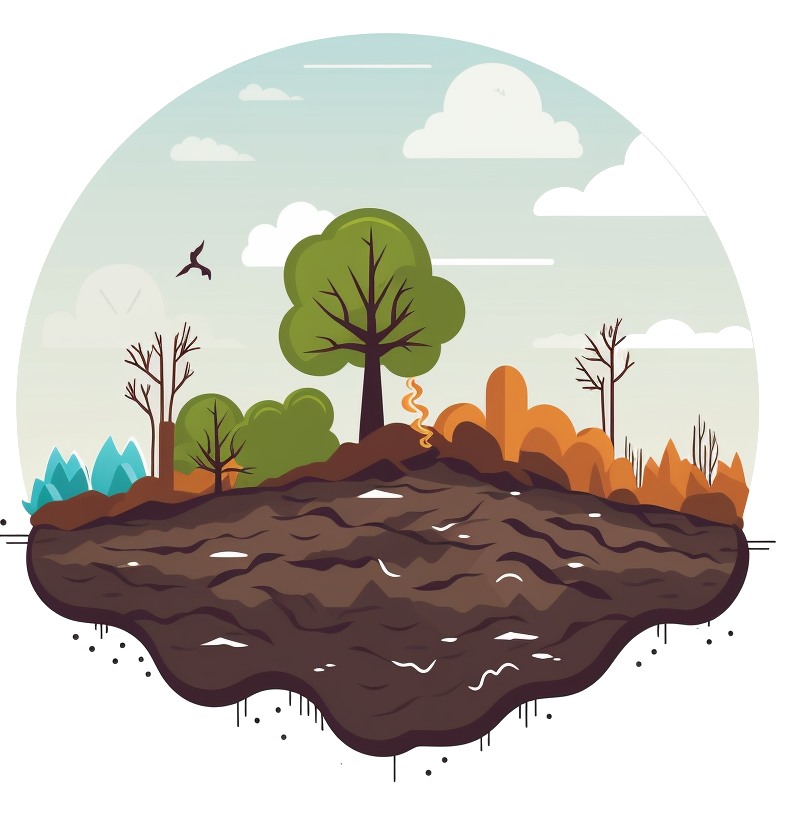3
Old growth forests and large old trees as critical organisms connecting ecosystems and human health. A review - Environmental Chemistry Letters
link.springer.comOld forests containing ancient trees are essential ecosystems for life on earth. Mechanisms that happen both deep in the root systems and in the highest canopies ensure the viability of our planet. Old forests fix large quantities of atmospheric CO2, produce oxygen, create micro-climates and irreplaceable habitats, in sharp contrast to young forests and monoculture forests. The current intense logging activities induce rapid, adverse effects on our ecosystems and climate. Here we review large old trees with a focus on ecosystem preservation, climate issues, and therapeutic potential. We found that old forests continue to sequester carbon and fix nitrogen. Old trees control below-ground conditions that are essential for tree regeneration. Old forests create micro-climates that slow global warming and are irreplaceable habitats for many endangered species. Old trees produce phytochemicals with many biomedical properties. Old trees also host particular fungi with untapped medicinal potential, including the Agarikon, Fomitopsis officinalis, which is currently being tested against the coronavirus disease 2019 (COVID-19). Large old trees are an important part of our combined cultural heritage, providing people with aesthetic, symbolic, religious, and historical cues. Bringing their numerous environmental, oceanic, ecological, therapeutic, and socio-cultural benefits to the fore, and learning to appreciate old trees in a holistic manner could contribute to halting the worldwide decline of old-growth forests.
You must log in or register to comment.


